From time to time, a new disruptive technology generates a legal earthquake, and we happen to be right in the midst of one.
Only months ago, on November 30, 2022, the Chat Generative Pre-Trained Transformer, commonly known as ‘‘ChatGPT,‘‘ was launched. It employs Artificial Intelligence (AI) in a manner previously unseen, literally turning the world upside down and marking the beginning of a new technological era.
Legal implications: IP protection of AI? There are several legal implications generated by this new technology, including bias and ethical concerns, privacy issues, gender inequality, fake news, deepfakes, among many others. However, this article will focus on the tensions that have arisen with preexisting right-holders of intellectual property (IP) assets. Specifically, works protected by copyright according to current legislation and international treaties, such as the Berne Convention for the Protection of Literary and Artistic Works, which has more than 180 countries around the globe as parties to the agreement.
In very simple terms, Generative Artificial Intelligence (or ‘‘G AI‘‘) is capable of developing content by using pre-trained language models to learn the relationships between data created by people. These technologies create a model of ‘‘transformers,‘‘ or neural networks, that learn contexts. Thus, when certain parameters or inputs are entered, the system or language model produces a specific result (output), which is primarily based on its predictions of the most accurate or correct answer.
In this context, some of the fundamental questions related to the protection granted by copyrights are as follows: Can works protected by copyright be created only by humans, or also by artificial intelligence? What about works created by humans but with the ‘‘assistance‘‘ of some Generative Artificial Intelligence? Where is the boundary between works created by humans with the ‘‘assistance‘‘ of G AI and those in which there has been no human intervention or participation at all?
The answers to these fundamental questions are crucial for obtaining copyright protection for these works. Currently, most legislation requires that protectable works must be ‘‘an expression of the human intellect.‘‘ Accordingly, if there is no participation by a natural person (human) in the creation process, these works should not be protectable under the current Intellectual Property system.
Copyright protection in Latin America
According to Mexican Copyright Law, for example, the author is the physical person who creates an original work, capable of being disclosed or reproduced by any means or form. In Chile, the author is the natural person who creates a literary, artistic, or scientific work. This definition encompasses writers, artists, musicians, filmmakers, photographers and designers, among others, who have the exclusive right to exploit their work and authorize its use by third parties. This can be in whole or in part, in exchange for remuneration, along with moral rights over their work, which are inalienable. In Brazil, the Copyright Law explicitly states that the author of a literary, artistic, or scientific work is the natural person who created it.
This strict approach may have been adequate until a year ago. However, it falls short in the current technological scenario, where millions of works of all kinds are being generated every day using AI, either with the ‘‘assistance‘‘ of some G AI or with no human intervention or participation at all (being solely the random or unpredictable result ‘‘generated‘‘ by technological means such as an algorithm or AI). These works can be literary (like a book), artistic (like an image, photograph, video, or song), and especially computer programs or software (written in code or computer language), blurring the current approach.
Unfortunately, most Copyright Offices in Latin America lack the technological means to handle the high demand for registrations, to review each work beforehand, and to analyze whether it has been created by human intellect or by G AI. Additionally, none of the current Latin American copyright legislations include a definition of ‘‘assisted creation‘‘ using technology like G AI. Consequently, there is no clear demarcation between a work that should be protected by copyright and those that should not.
In this context, can we accept that sending a simple instruction or initial guideline in a text (or ‘‘prompt‘‘), regardless of its length, is sufficient to consider the works generated by G AI platforms protectable through the intellectual property system? Or must we conclude that this simple instruction is not enough since the result obtained by the G AI may not align with the author‘s initial expectations?
No copyright protection for AI in the US
In the United States, a recent decision by the U.S. Copyright Office in September 2023 reaffirmed its stance on the copyright protection of art created using Artificial Intelligence. This decision came after artist Jason M. Allen sought copyright protection for an award-winning image, he created with the generative AI system ‘‘Midjourney.‘‘ The U.S. Copyright Office ruled that the science-fiction themed image ‘‘Theatre D‘opera Spatial‘‘ was not eligible for copyright protection because it was not the product of human authorship. This determination was made despite Allen‘s efforts, which included making numerous revisions and inputting text prompts at least 624 times to arrive at the initial version of the image using ‘‘Midjourney,‘‘ and subsequently altering it with Adobe Photoshop software.
AI in Latin America: what is yet to come
Regarding Latin America (as occurs in many other regions), we are in a gray area without a clear definition on this matter, since the amount of case law regarding these issues is still low or nonexistent. Nevertheless, in Chile, for example, the Copyright Office recently rejected an application requesting the registration of a set of photographs titled ‘‘39,000,‘‘ which were created with the generative Artificial Intelligence ‘‘Midjourney.‘‘ Even though the creation process involved approximately 250 photographs with iterations carried out on each to obtain the desired result, followed by exhaustive curation, and finally resulting in 9 images that were submitted for registration. In this case, the applicant expressly stated that the images or photographs were created using Midjourney‘s AI.
In the short term, it is expected that governments or parliaments will need to adapt the current copyright legislations to these new generative technologies and establish a clear borderline between what is inside or outside protection, including the requirements that must be fulfilled in each case within the creative process. Perhaps, it is also the right time to create new categories of copyrights that may include works created using AI.
Moreover, Copyright Offices in Latin American countries will need to set clear User Guidelines, including the specific requirements and limitations for authors or applicants who request a copyright registration of their works. For example, a statement or declaration specifying the parts of the work that have been generated using G AI and those that are an expression of the human intellect. Some offices, like the U.S. Copyright Office, have been very proactive in this sense and could serve as a model for Latin American Copyright Offices.
A foreseeable result of the current tension between copyright holders and works generated by G AI is that the number of conflicts and litigation over copyrights will increase in the short term. This is because thousands of works created by G AI without significant human participation and without any prior control are being registered and protected by copyright every day.
On the other hand, many companies creating G AI platforms for users are training their models using copyrighted works without the authors‘ prior consent, who are not receiving any compensation.
Another problem arising from the use and massification of these technologies, is that the power source of these G AI systems is the specific ‘‘data‘‘ that is loaded. The system will make predictions and generate answers based on this data. Thus, the data serves as the ‘‘fuel‘‘ for these G AI systems, as it is used by the system to generate answers.
Herein lies one of the great problems with the use of these new technologies: in most cases, there is no principle of transparency regarding the data that is uploaded or included in these predictive models. This is essential not only to understand the results they generate but also to determine whether the loading and training of these G AI systems may infringe on the copyrights of third parties protected by the legislation of different countries.
These cases will likely need to be resolved by the case law of the Courts of Justice of each Latin American country, which are tasked with applying the current legislation in each case and territory. However, this will pose a significant challenge not only for specialized attorneys at law but also for judges who will need to understand how these new technologies work.
For the moment, we will have to wait and see what happens in other jurisdictions, such as the European Union, committed to arriving at AI regulation in the short term.
The Latin America IP SME Helpdesk is a first-line IP assistance service for SMEs from EU and SMP-associated countries that operate or intend to access the Latin American market and seek to improve their global competitiveness.

References:
1. Berne convention: https://www. wipo.int/treaties/en/ip/berne/
2. ‘‘What is generative AI? Everything you need to know‘‘, George Lawton, January 2024, Techtarget: https://www. techtarget.com/searchenterpriseai/ definition/generative-AI
3. US Copyright Review Board refusal to Register Théâtre D‘opéra Spatial: https://www.copyright.gov/rulingsfilings/ review-board/docs/Theatre- Dopera-Spatial.pdf
4. ‘‘Rechazado certificado por derechos de autor de mi arte con IA en Chile (por ahora)‘‘, Nicolás Mladinic Draguicevic, August 2023: https://www.linkedin. com/pulse/es-oficial-rechazadocertificado- por-derechos-de-mi-nicol %C3%A1s/?originalSubdomain=es
5. EU AI Act: first regulation on artificial intelligence, European Parliament, June 2023: https:// www.europarl.europa.eu/topics/ en/article/20230601STO93804/euai- act-first-regulation-on-artificialintelligence






















